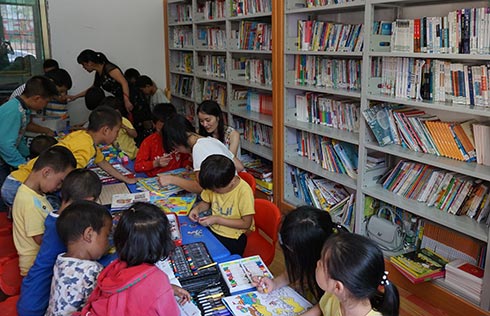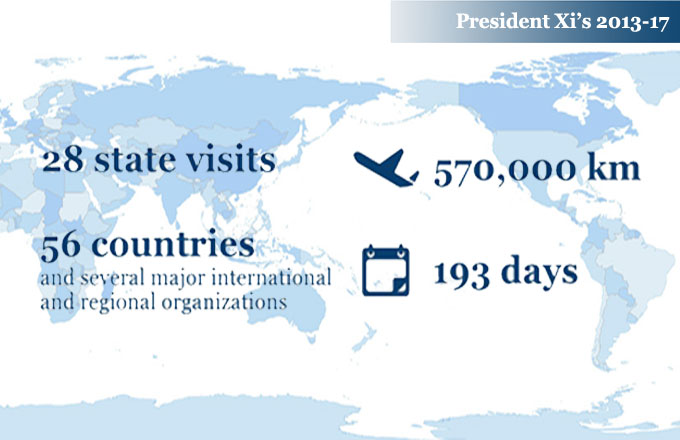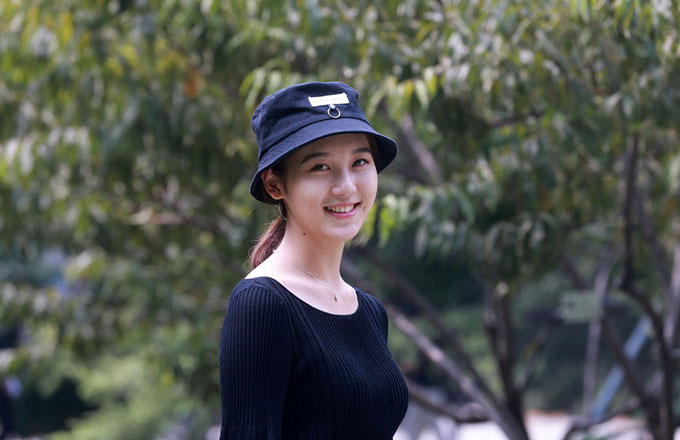Fortress house opens its doors to the world
Lin Rigeng brims with pride every time he tells visitors the story of his house.
"I never get tired of it. Actually, I enjoy it," he said.
The four-story clay building that Lin, 66, shares with 77 others covers an area of 5,000 square meters, or nearly three quarters of a soccer field. It was built in 1912 by his grandfather's brothers.
These buildings are known as tulou, which means "building made of earth" in Chinese. In July 2008, they were added to the UNESCO World Heritage list as examples of unique residential architecture in Fujian province.
Lin's house in Hongkeng was among the 46 representative structures presented to the World Heritage Committee.
"My house belongs to the world. I want everyone to learn about it," Lin said.
Tulou can take many forms, including rings, triangles, squares, rectangles, and pentagons. Lin's home is one of the most common ring-shaped buildings.
It is believed that the first tulou were built in the 11th century by people escaping war in central China. This is one explanation for why they have an extremely thick outer wall. The wall around Lin's home is 1.3 meters thick. The buildings functioned as fortresses to protect residents from invaders and wild animals.
There are more than 20,000 tulou in Yongding county, about a 2.5-hour drive from Xiamen, which recently hosted the Ninth BRICS Summit.
The oldest existing tulou in China was built 600 years ago. The largest has 384 rooms and can accommodate at least 800 people.
Lin's house was dubbed Zhencheng Lou by his grandfather. It has 208 rooms arranged according to the bagua, an eight-point diagram that determines auspicious locations for various functions to balance the energy within the house.
Fifteen families live in the building; all are involved in tourism-related businesses, including working as tour guides, running home accommodations, selling farm produce (tea, mushrooms, dried vegetables and persimmons) and souvenirs.
"We are richer. Our life is better. So is our living environment," said Lin, speaking of the changes tourists have brought to his family.
According to Yongding county records, a model of Zhencheng Lou has been displayed since the 1980s at an international architectural model expo held periodically in Los Angeles.
Locals tell the story of fortress houses, especially the ring-shaped ones, being spotted by US satellites and mistaken for missile silos or nuclear devices during the Cold War.
"In my opinion, that tale originally helped attract international attention to tulou," Lin said.
Lin, the son of a farmer, has a name that means "plowing every day".
He was born in Zhencheng Lou, and is a hospitable host. Back in the 1980s, when few people knew about the buildings, he began voluntarily guiding visitors, treating them to homegrown tea, food and wine and telling them the history of the buildings.
"The moment they entered Zhencheng Lou, they were simultaneously shocked and excited. They could not imagine how people could build such a large house to accommodate a whole clan," Lin said. "Only then did I realize my house was such a treasure."
In 1991, Lin became the first tulou tour guide hired by Yongding County Tourism Administration.
He said he learned even more about his own home from early visitors, many of whom were architects or fans of historical buildings.
Despite having only a primary school education, Lin has written a book on tulou.
The recent BRICS summit is expected to bring more international visitors.
"I love to talk with international visitors from all walks of life," Lin said. "I can learn about the outside world from inside my old house."
Xinhua





















